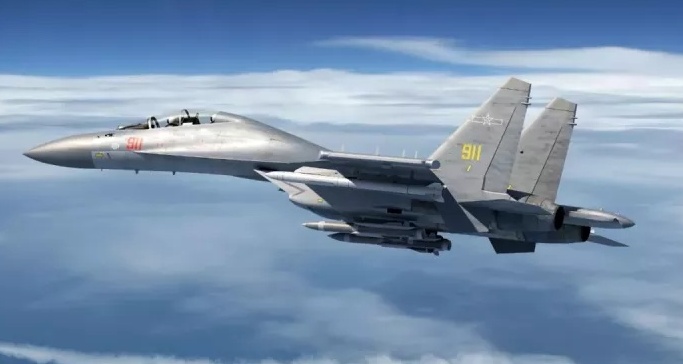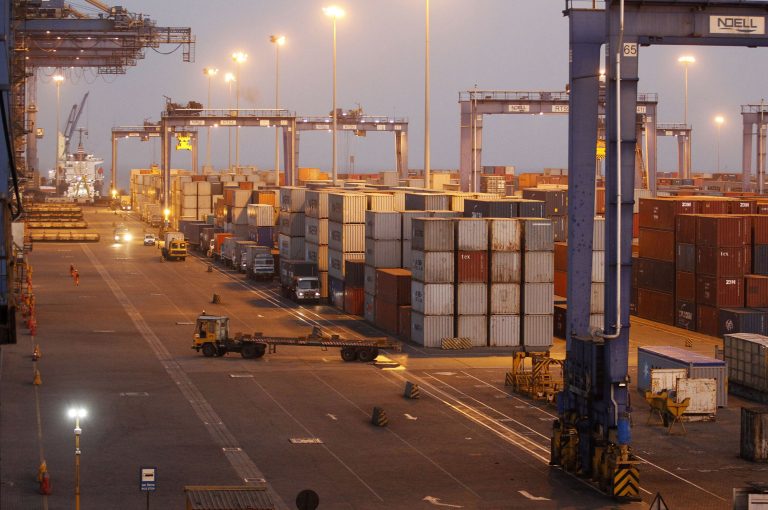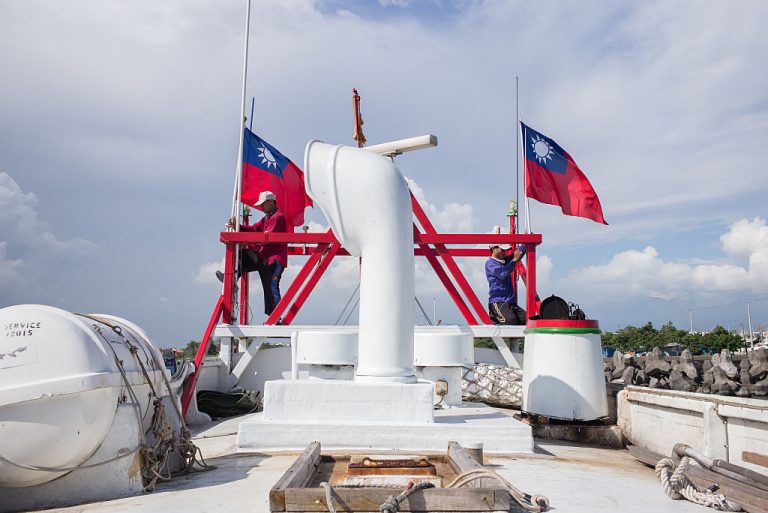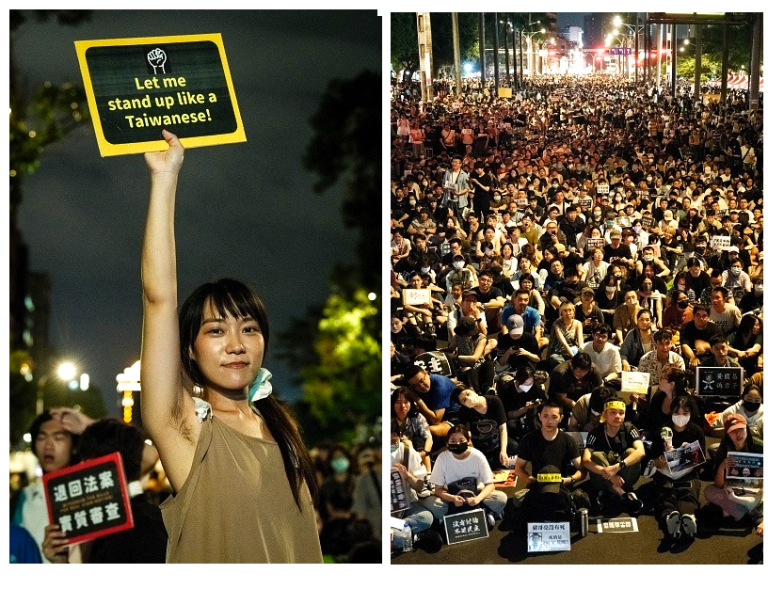On Oct. 1, Communist China, yet again, breached Taiwan’s Air Defense Identification Zone (ADIZ), sending in the largest ever contingent of aircraft into the area.
The People’s Liberation Army (PLA) sent 38 aircraft into Taiwan’s ADIZ in two waves according to the Republic of of China (Taiwan) defense ministry. Taiwanese forces monitored the aircraft using missile systems and sent combat jets to warn away the intruders.
The first batch of mainland Chinese planes included one anti-submarine aircraft, two nuclear-capable H-6 bombers, four Su-30 fighter jets, and 18 J-16 jets. They flew close to the ROC-controlled Pratas islands.
In the second batch, one early warning aircraft, two H-6s, and 10 J-16’s intruded, flying down the Bashi Channel which separates Taiwan from the Philippines. The channel links the South China Sea with the Pacific.
Some experts believe that the tactics are conducted to gauge the capabilities of Taiwan’s air force.
Success
You are now signed up for our newsletter
Success
Check your email to complete sign up
Joseph Wu, Taiwan foreign minister, condemned the intrusion. A day earlier, Beijing had called Wu a “shrilling fly” for attempting to raise Taiwan to the international platform.
“Oct. 1 wasn’t a good day. The #PLAAF flew 38 warplanes into #Taiwan’s ADIZ, making it the largest number of daily sorties on record. Threatening? Of course. It’s strange the #PRC doesn’t bother faking excuses anymore,” the Ministry of Foreign Affairs said in a tweet.
“China has been wantonly engaged in military aggression, damaging regional peace,” Taiwan Premier Su Tseng-chang told reporters.
The mainland People’s Liberation Army (PLA) began the “island encirclement patrols” against Taiwan after Tsai Ing-wen became president in 2016. Tsai, of the Democratic Progressive Party (DPP), advocates formal independence for Taiwan, including renaming the ROC to reflect a non-Chinese national identity.
Beijing, which claims Taiwan as part of its communist People’s Republic, has vowed to “retake” the island with force if the Taiwanese make such a move.
After Donald Trump became the U.S. president and announced $1.4 billion in arms sales to Taiwan, Beijing increased the frequency of the intrusions.
The previous largest incursion took place on June 15 when 28 PLA aircraft intruded into the Taiwanese ADIZ. Last week, Beijing sent in 24 planes. The Oct. 1 incursion coincided with the founding of the People’s Republic of China. Beijing has sent 400 PLA air patrols into Taiwan’s ADIZ this year.
In an interview with the South China Morning Post (SCMP), Lu Li-Shih, a former instructor at Taiwan’s Naval Academy, stated that Beijing had sent two waves of incursions on Oct. 1 as part of its investigation into strategies to exhaust Taiwan’s air force. He added that PLA incursions have already affected the training schedules of Taiwanese pilots.
“The PLA is counting how many aircraft they can deploy to the frontline of the Taiwan Strait, forming a squadron to drag Taiwanese pilots into unending shadowing and expulsion missions… The PLA air force takes the deployment as a training rotation to let their pilots stop at airbases in the Southern and Eastern theatre command, then fly to Taiwan,” Lu said.
After the Oct. 1 intrusion, the PLA again sent planes into Taiwan’s ADIZ on Oct. 2. This sortie consisted of 20 aircraft, which, except for two anti-submarine craft, were all fighter jets.







